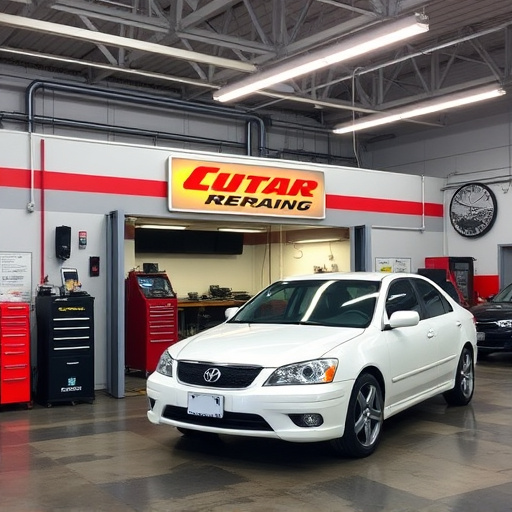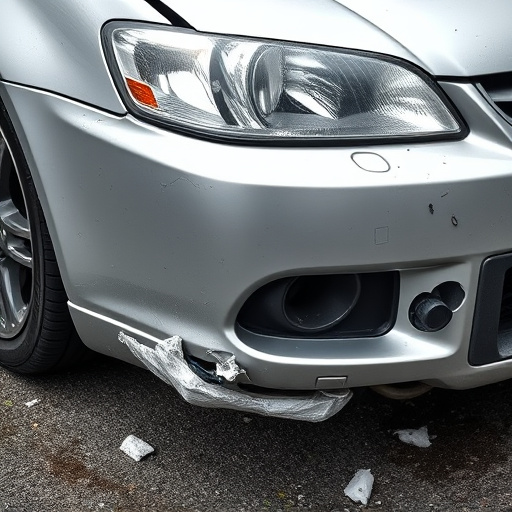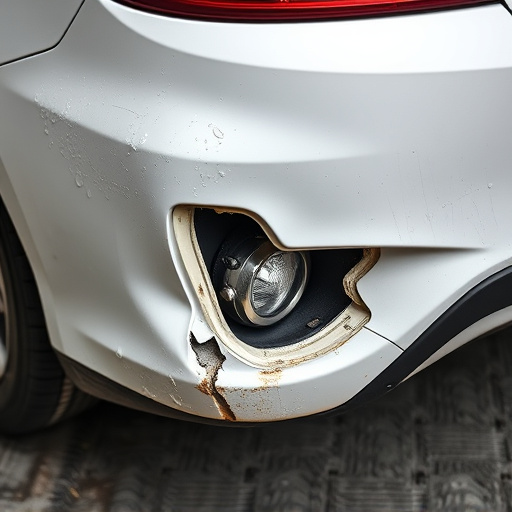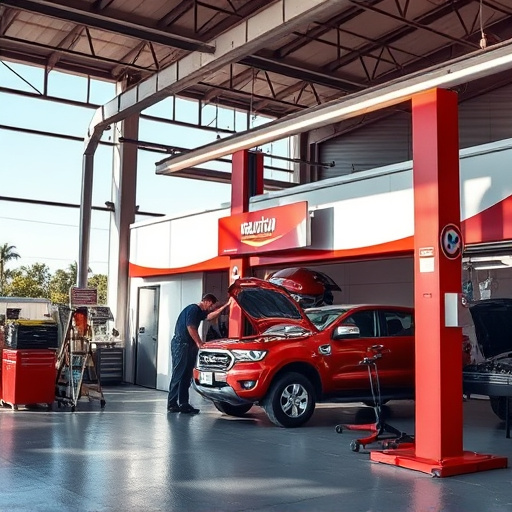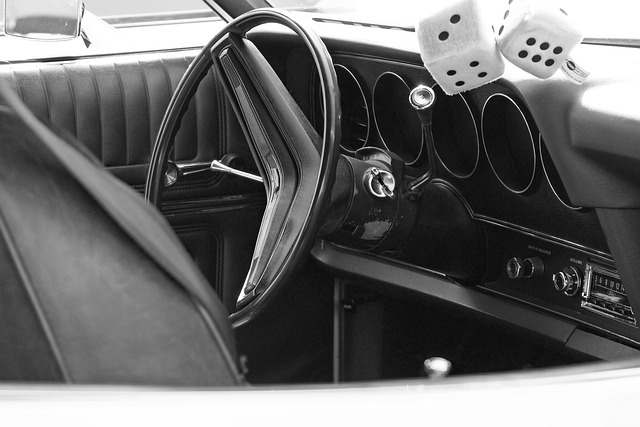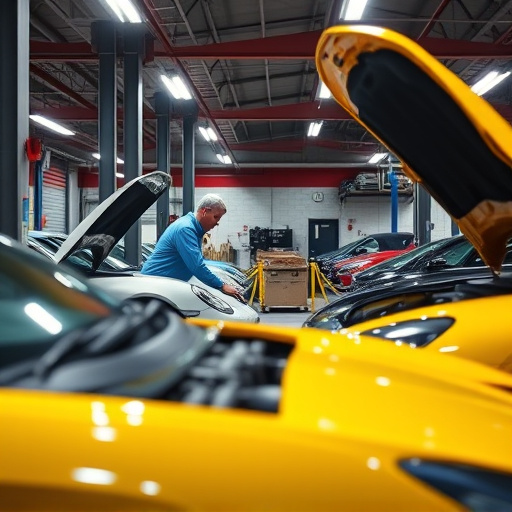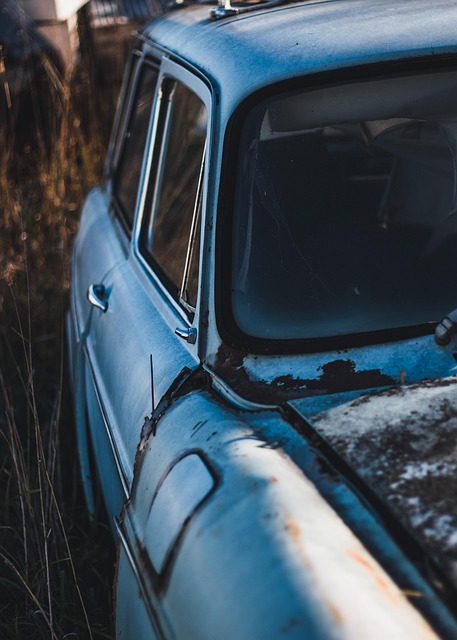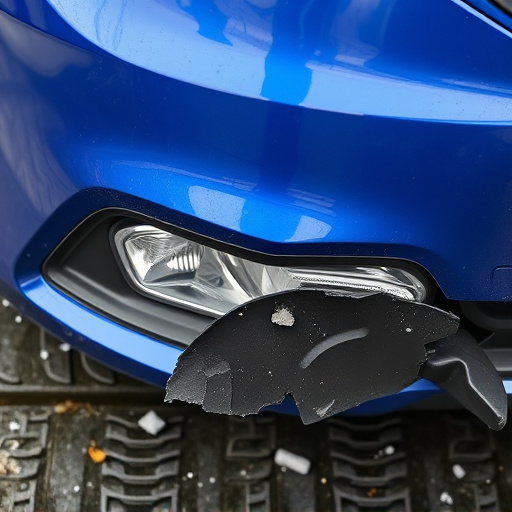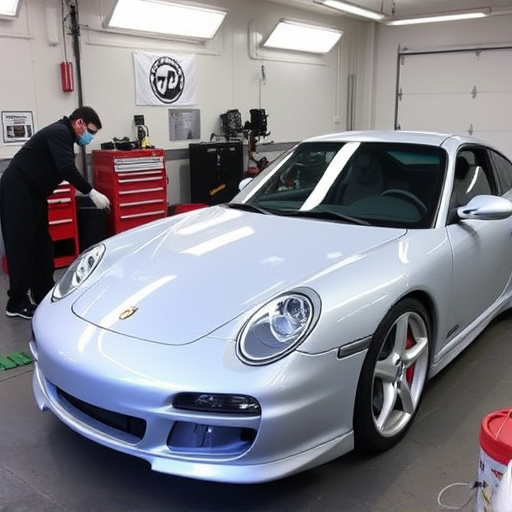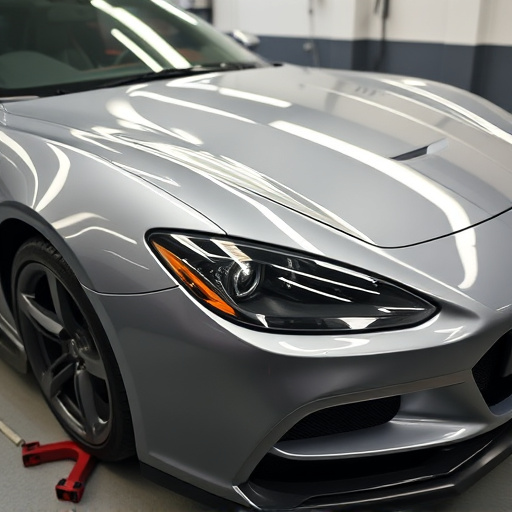Cavity wax is a crucial component of corrosion protection procedures for vehicles, filling gaps and crevices to prevent moisture ingress, which causes rust and accelerated corrosion. It enhances durability by insulating against temperature fluctuations and humidity, extending bodywork lifespan, especially for classic cars or restored vehicles. Proper application and regular maintenance are key to effective corrosion protection.
In the realm of corrosion protection procedures, cavity wax emerges as a game-changer. This article delves into the significance of cavity wax as a robust barrier against rust and decay. We explore its key roles in safeguarding metal structures from damaging corrosive elements. Understanding the science behind this natural protector, we uncover effective application and maintenance strategies to ensure optimal results. By adopting these practices, folks can harness the power of wax for long-lasting corrosion prevention.
- Understanding Cavity Wax: A Corrosion Barrier
- Key Roles of Wax in Protection Procedures
- Effective Application and Maintenance Strategies
Understanding Cavity Wax: A Corrosion Barrier
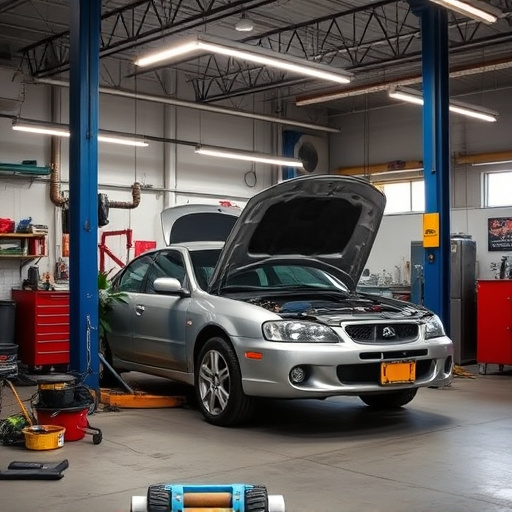
Cavity wax is a crucial component in corrosion protection procedures, serving as an effective barrier against the elements that can damage vehicle surfaces. It’s more than just a filler; it creates a protective layer that prevents moisture and corrosive substances from infiltrating car body panels, which is essential for maintaining the integrity of a vehicle’s exterior. This natural product not only repairs minor dents and dings but also fortifies the car body against future corrosion, making it a valuable tool in the arsenal of any reputable car body shop.
In the context of paintless dent repair, cavity wax plays a critical role in achieving seamless results. By filling in depressions left by fender benders or other minor accidents, it allows for a smooth application of topcoat without unsightly patches or imperfections. This not only enhances the cosmetic appeal but also ensures long-lasting protection against corrosion, as the wax acts as a barrier between the metal and potential sources of damage from the environment.
Key Roles of Wax in Protection Procedures
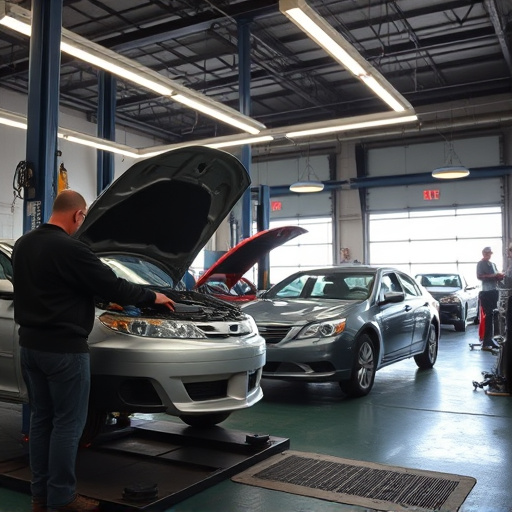
Cavity wax plays a pivotal role in corrosion protection procedures for car bodywork, particularly after frame straightening or auto body shop repairs. Its primary function is to fill and seal tiny gaps and crevices that might remain unaddressed during the repair process. These hidden spaces are prime breeding grounds for rust, acting as direct pathways for moisture penetration, which ultimately accelerates corrosion. By applying wax, these entry points are effectively blocked, creating a robust barrier against environmental elements.
Moreover, cavity wax enhances the overall durability of the repaired auto body. It forms an insulating layer, reducing the impact of temperature fluctuations and humidity that could compromise the structural integrity of the car’s framework over time. This is especially crucial in regions with harsh climates where cars are exposed to prolonged periods of wetness or extreme cold. Regular application of wax as part of routine maintenance can significantly extend the lifespan of a vehicle’s bodywork, ensuring it remains in top condition long after the initial repair, frame straightening, or car bodywork overhaul.
Effective Application and Maintenance Strategies
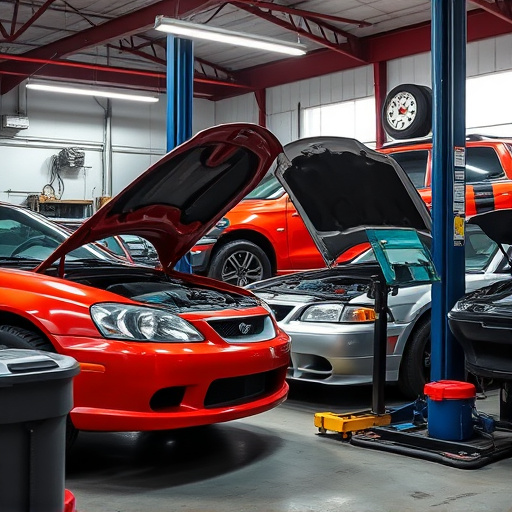
The effective application and maintenance of cavity wax are paramount in corrosion protection procedures, especially for vehicles undergoing classic car restoration or scratch repair. This protective layer should be meticulously applied to all crevices and hard-to-reach areas of the car body to ensure maximum coverage. A strategic approach involves preparing the surface by cleaning and degreasing it to remove any contaminants that could hinder adhesion. Once ready, cavity wax creates a robust barrier against moisture and environmental elements, preventing rust formation and ensuring the longevity of the vehicle’s exterior.
Regular maintenance plays a crucial role in sustaining the integrity of this protective system. Reapplication every few years or as recommended by manufacturers is essential to maintain the wax’s effectiveness. During car body restoration projects, it’s important to not only focus on visible areas but also to pay attention to details, ensuring that every nook and cranny is protected. This meticulous process ensures that the vehicle retains its original beauty and remains well-guarded against the corrosive effects of time and weather conditions.
Cavity wax plays a pivotal role in enhancing the effectiveness of corrosion protection procedures, serving as a robust barrier against environmental aggressors. By understanding its key functions and implementing optimal application strategies, we can significantly prolong the lifespan of various structures and materials. Regular maintenance is paramount to preserving the integrity of this protective layer, ensuring ongoing defense against corrosion for years to come.

